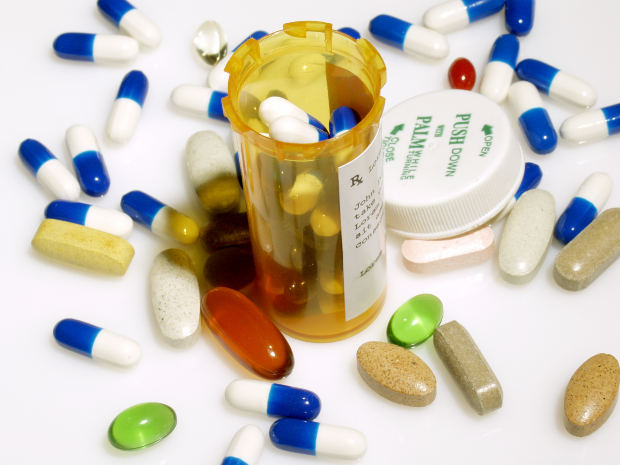The US Supreme Court has just heard arguments in Mutual Pharmaceutical Co. v. Bartlett, a dangerous drug lawsuit involving a woman who was awarded $21 million verdict for serious injuries she sustained after taking the generic version of the drug Clinoril. The plaintiff, Karen L. Bartlett, developed Stevens-Johnson Syndrome and Toxic Epidermal Necrolosis.
The two life-threatening conditions had caused her outer skin to burn off. Not only was at least 60% Bartlett’s body left as an open wound following the skin loss but she also now legally blind. Now, the justices are trying to decide whether generic drug manufacturers can be sued in state court for design defects-especially when the generic version is an exact copy of its brand-name counterpart that the federal government had already approved.
At issue is whether the Supreme Court should reinforce its 2011 ruling that protected generic drug manufacturers from state products liability claims accusing them of not warning about possibly dangerous side effects. In a 5-4 vote, the court had agreed with the defendants that they had no alternative but to use the exact same drug labels as the ones used by the brand drug makers. Following Bartlett’s verdict, which was upheld by 1st US Circuit Court of Appeals on the grounds that the plaintiff had pushed a different legal theory (concentrating on the danger of the drug and not whether or not the warning was accurate) and that even if the defendant could not have used a different warning label for Sulindac, it could have chosen to not manufacture the drug, the drug industry contended that the Supreme Court’s 2011 ruling had been disregarded.
This week, Supreme Court Justice Elana Kagan noted that the Federal Food, Drug, and Cosmetic Act doesn’t give drug manufacturers grounds to expect protection from traditional product defect cases filed under state law. Meantime, Chief Justice Roberts questioned the argument that Mutual couldn’t have complied with both federal and state law. A ruling is expected in June.
Drug Injury Lawsuits
Drug manufacturers are tasked with making sure that they medications that they sell are safe for consumers. In addition to warning of potential dangers, risks, and side effects, they also must design a drug in such a way that such dangers are minimized and with benefits that far surpass any risks.
Unfortunately, there are still pharmaceutical companies that will rush to get a product out there or keep it in the marketplace in order to make a profit-and it is the patients that suffer.
Patients’ Generic-Drug Lawsuits Questioned by High Court, Bloomberg, March 19, 2013
Mutual Pharmaceutical Co. v. Bartlett (PDF)
More Blog Posts:
Azithromycin Gets Tougher FDA Warning About Deadly Heart Rhythm Risk, Drug Injury Lawyers Blog, March 16, 2013
Fungal Meningitis Outbreak Update: Framingham, Massachusetts-Based Compound Pharmaceutical Company Now a Defendant in Dozens of Federal Drug Injury Lawsuits, Boston Injury Lawyer Blog, December 13, 2012
Jury Orders Merck to Pay $285,000 Fosamax Injury Verdict, Drug Injury Lawyers Blog, February 26, 2013 Continue reading
 Drug Injury Lawyers Blog
Drug Injury Lawyers Blog










